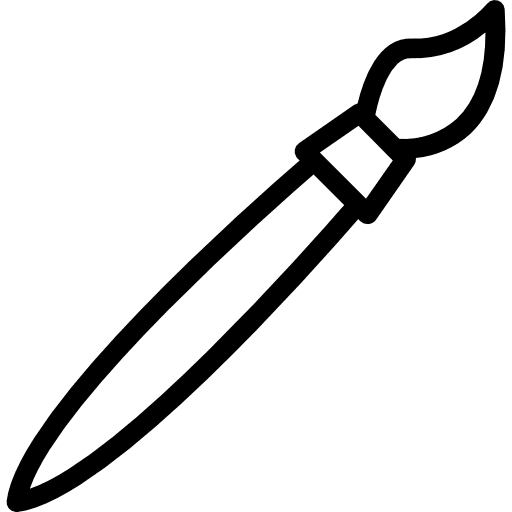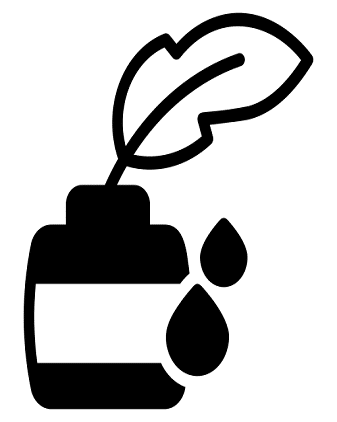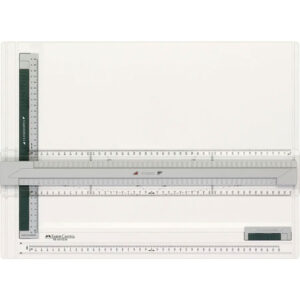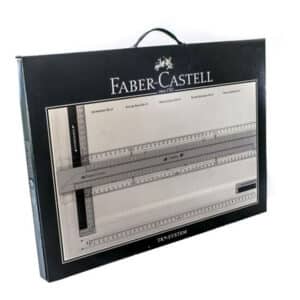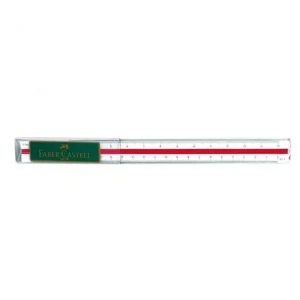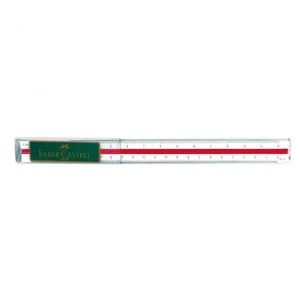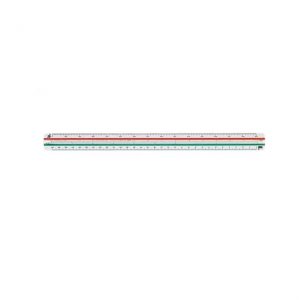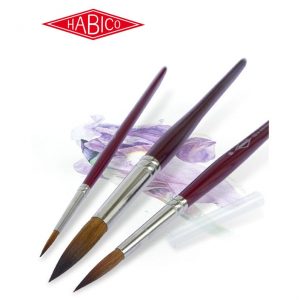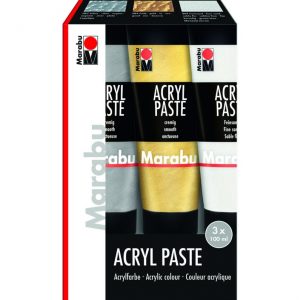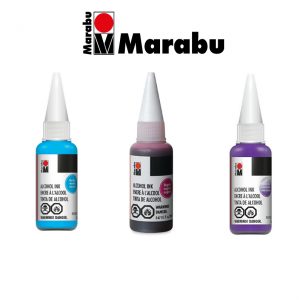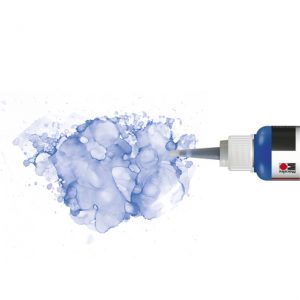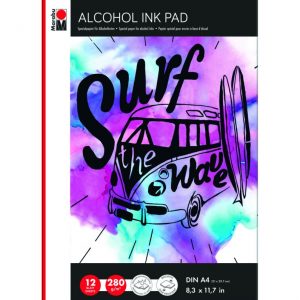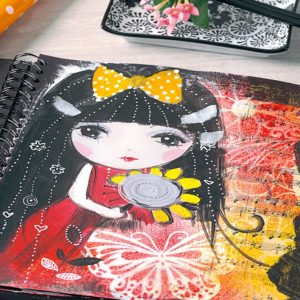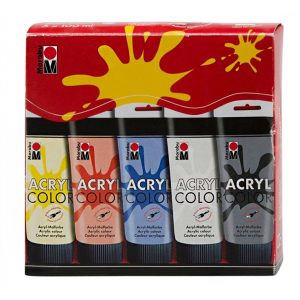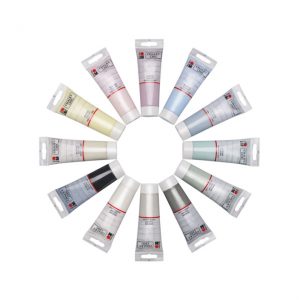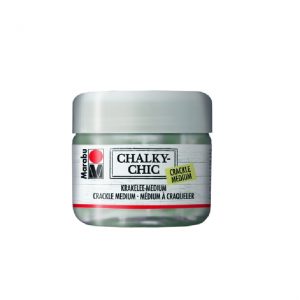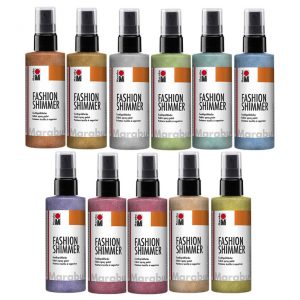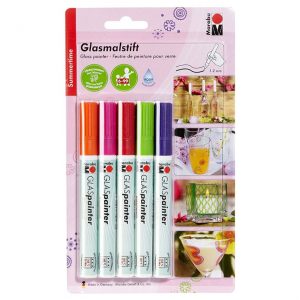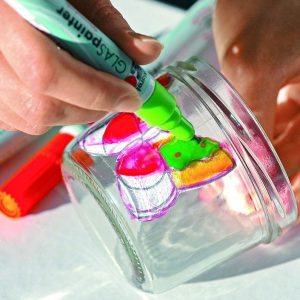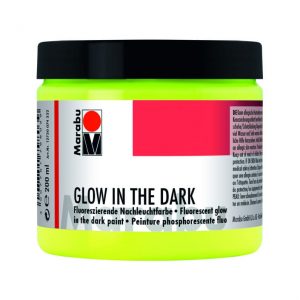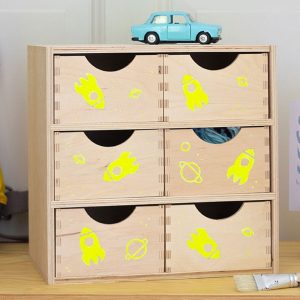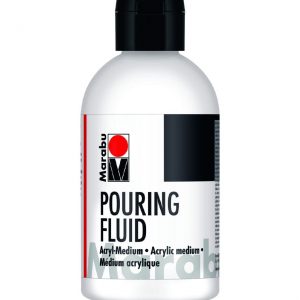Faber Castell TK-System A3 Drawing Board
TK-System drawing board DIN A3
Faber-Castell drawing boards are made of top-quality plastic materials which are impact and break-resistant and highly rugged so that they cannot be damaged by compass needles. The quick-release paper clamp is super-strong and, thus, able to hold several sheets of paper securely. Moveable parallel rulers and drawing heads with adjustable angles allow precise drawing of parallel lines and angles.
Faber Castell Triangular Reduction Scale A
Reduction scales are indispensable tools for technical drawing. Triangular reduction scales are available in various combinations of divisions that cover the needs of all disciplines.
Faber Castell Triangular Reduction Scale D
Reduction scales are indispensable tools for technical drawing. Triangular reduction scales are available in various combinations of divisions that cover the needs of all disciplines.
Habico Round Tip Brush
Finest Art Brush. Ideal for water colour, acrylic and glass paint. Round Tip. Sablon Hair. Made In Germany
Marabu Acrylic Paste for 3D Effects Set of 3 100 ml tubes
- Water-based
- Weather-resistant, non-fading
- Ideal for stencilling
Marabu Alcohol Ink 20 ml
- Alcohol-based, permanent ink for a wide range of pouring techniques and creative designs
- The brilliantly bright colours are quick drying, acid free and suitable for mixing. Transparent, dye-based colours (exceptions: metallic colours and diamond)
- Ideal for non-absorbent backgrounds (e.g. synthetic paper, ceramic, glass, metal etc.)
- Intense, loud designs are created with the fluorescent neon day-glow colours
- Diamond Alcohol Ink adds a very special, sparkling shimmer to all Alcohol Ink colours
- The Alcohol Ink Extender is used to mix, lighten and lift Alcohol Ink colours. It also slows the drying process
Marabu Alcohol Ink Pad A4
Special paper pads for creative working on an artistic level. Acrylic painting paper. Watercolour painting paper. Oil painting paper. Sketch
Marabu Basic Acrylic Colour – 100 ml – Set of 5 tubes
- Set contents: 5 x Acryl Color 100 ml (Yellow 019, Vermilion 006, Dark blue 053, White 070, Black 073)
- High-quality, satin-finish acrylic paint
- Creamy, easy to apply, good coverage, quick drying
- Brilliant colours, light-fast, weather-resistant
- Ideal for painting on canvas, artboard, wood, card etc., also suitable for creative design on traditional craft materials and for art class
- For stencilling and stamping
Marabu Chalky-Chic Chalk Paint 100 ml
- Water-based
- Good coverage
- A velvety soft finish
- Smudge-proof
- Weather-resistant
- Can be mixed together
- Wood, MDF, papier mâché, glass, metal, paper, ceramic, porcelain, earthenware, canvas, plastic
Marabu Chalky-Chic Crackle Medium For Chalk Paint
Chalky-Chic Crackle medium: Clear, water-based medium for crackle technique. waterbased Ideal for combining with the Chalky-Chic Chalk Paint
Marabu Chalky-Chic Decoupage Glue 225 ML
Decoupage paper can be applied to all possible surfaces in no time at all with the colourless and water-based Decoupage Glue. Embellish simply surfaces to transform them into real masterpieces in combination with the chalk paint. Create individual highlights so that every piece exudes its own charm. Whether it’s a modern, playful or romantic look: you can create your favourite individual piece to suit your own personal taste.
Marabu Fashion Shimmer 100 ml
- water-based fabric spray paint for creating effects
- odourless, non-Fading, soft to the touch
- sparkling shimmer colours
- a particularly beautiful shimmer effect on dark fabrics with up to 20% man-made fibres
- after fixing washable up to 40 °C
- ideal for freehand spraying, stencilling and many other techniques
Marabu Glass Painter Marker Set of 5 – 1-2 mm
Odorless, transparent Resistant to dishwasher without debugging, for glass and porcelain
Marabu Glow In The Dark Paint 200 ml Pot
Glazing, fluorescent, water-based glow in the dark paint Glows in the dark and under UV black light For wood, MDF,
Marabu Pouring Medium 250 ml
HOW IT WORKS:
1. PREPARATION:
Cover work surface and clothing.
Shake the Pouring Fluid well before use.
Get the materials, acrylic paint and Pouring Fluid ready.
2. MIXING
Pour each acrylic paint into a separate cup.
Add several parts of Pouring Fluid to the paint.
Use a palette knife or spatula to stir the mixture very well until a homogeneous substance has been created.
If necessary, add Pouring Fluid or acrylic paint and mix again until the desired consistency has been achieved.
Mix a large quantity of either white or black paint with Pouring Fluid as these colours are often used for the background.
3. THE TECHNIQUES
a) DIRTY POUR
Pour the paints into a cup. Start with the background colour (generally white or black). Mix slowly and gently with a palette knife/spatula. Add a base coat to the canvas. Now pour the mixing cup onto the background. Then move the background backwards and forwards until the desired result has been achieved.
b) FLIP CUP
Pour the paints into a cup. Start with the background colour (generally white or black). Mix slowly and gently with a palette knife/spatula. Place the background on top of the mixing cup and quickly flip both over. Wait a moment until the paint in the cup has run down onto the background. Add a base coat to the canvas around the mixing cup (see tips). Slowly lift the cup. Then move the background backwards and forwards until the desired result has been achieved. Use multiple Flip Cups for large backgrounds.
c) PUDDLE POUR
Pour the paints onto the background separately and do not mix. Start with one paint colour and, one after another, pour the other paints onto the previous colour paint. This creates a paint splodge with different coloured rings. Add a base coat to the canvas around the paint splodge. Tip the background and leave the pattern to develop. You can also pour multiple paint splodges onto one canvas.
d) SWIRL
Pour the paints into a cup. Add a base coat to the canvas. Now pour the contents of the mixing cup onto the background, using a small circular motion. Then tip the canvas frame backwards and forwards until the desired result has been achieved.
e) SWIPE
Pour the paints onto the canvas individually or using another pouring technique. Apply a body colour (often black or white) at the edge. Then, use a palette knife, spatula or damp paper towel to slide or swipe this paint over the other colour. This creates a great cell effect and a lovely net structure.



